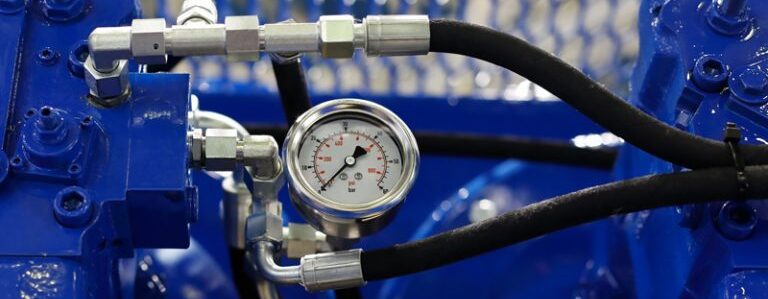Quick Tips on Troubleshooting Your Air Compressor
When your air compressor stops functioning properly, it can significantly impact productivity. But before you call in the professionals, there are a few steps you can take to see if the issue can be quickly resolved.
Problem: My compressor won’t start
If pressing the start button doesn’t produce any results, there may be an electrical issue or a tripped safety device. Check the following:
- System display for errors
- Power supply and fuses
- Wiring system for incorrect connections
- Temperature shutdown switch
- Motor starter overload heaters
- Oil level
Problem: My compressor starts but won’t stay on
If your compressor runs for only a short time, it’s possible it’s overheating. Check the following:
- Discharge temperature switch setting
- Oil level, oil cooler and oil filter
- Thermostatic mixing valve (for rotary screw compressors)
- Temperature shutdown switch
- Motor starter overload heaters
- Room ventilation and ambient air temperatures
Problem: My compressor is very noisy
If your compressor is making loud noises, it’s likely that a part is loose, damaged, or worn out. Check the following:
- Loose bolts, belts, flywheel/pulley, drive coupling
- Compressor floor mounting issues
- Low oil level
- Main or connecting rod bearing issues (for reciprocating compressors)
- Main bearing issues (for rotary screw compressors)
Problem: My compressor is using too much oil
If your compressor is using an excessive amount of oil, there is probably a leak. Check the following:
- Clogged, broken, or loose oil return line (for rotary screw compressors)
- Leaks in the drain valve/plug or shaft seal
- Ruptured air/oil separator element (for rotary screw compressors)
- Worn piston rings/cylinders (for reciprocating compressors)
Problem: My compressor isn’t delivering enough pressure
If the compressor can’t seem to keep up with the pressure required to run a tool or complete a task, first check for air leaks in the hose or piping. Then check the following:
- Inlet valve to make sure it’s not restricted or broken
- Air leaks downstream
- Improperly adjusted controls
- Air filter to be cleaned or replaced
- Belts to be tightened (if applicable)
Remember to always follow basic safety procedures when troubleshooting. Turn off the main disconnect switch and remove all power from the unit before attempting to diagnose the issue. Use “Lock Out” or “Tag Out” procedures as necessary, and relieve system pressure before removing parts or breaking any lines. If you are experiencing a serious compressor issue or are unable to diagnose the problem, contact Air Energy.

